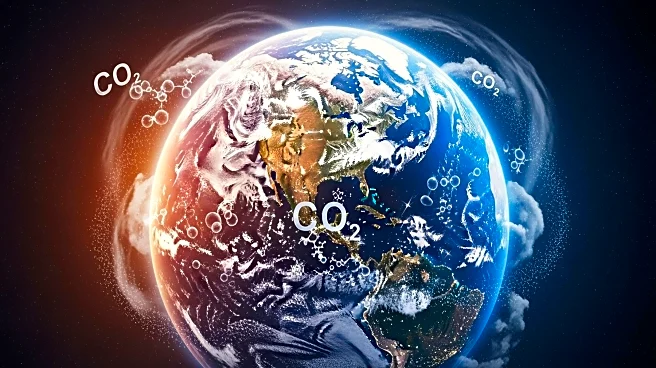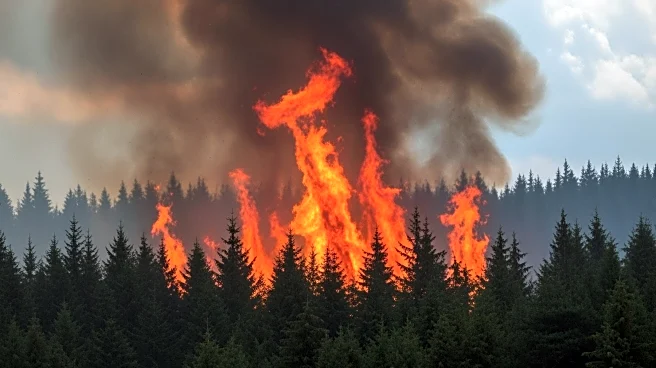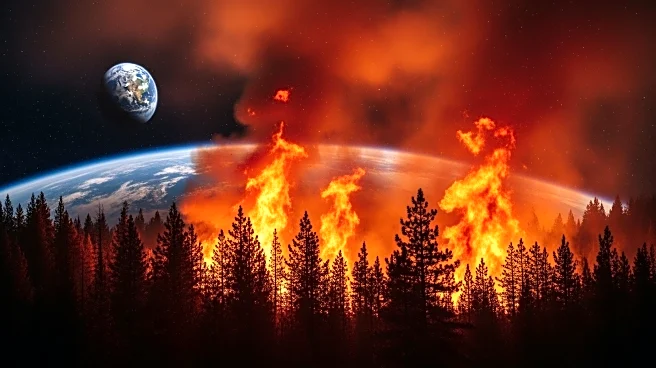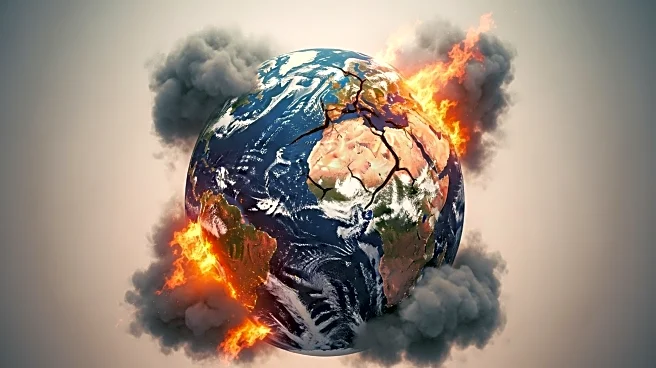What's Happening?
The global insurance industry has reported losses exceeding $100 billion due to natural disasters in 2025, marking the sixth consecutive year of such high losses. According to Gallagher Re, preliminary
insured losses for the first nine months of 2025 have already reached approximately $105 billion. Despite a quieter hurricane season, the overall impact of rising global temperatures has led to more frequent and intense weather-related events, such as hurricanes and wildfires, contributing to these substantial losses.
Why It's Important?
The continued high losses from natural disasters underscore the growing impact of climate change on the insurance industry. As weather-related events become more frequent and severe, insurers face increased financial pressure, potentially leading to higher premiums for consumers. This trend also highlights the need for improved risk assessment and mitigation strategies within the industry. Stakeholders, including policymakers and insurers, must address these challenges to ensure the sustainability of insurance coverage in the face of climate change.
What's Next?
The insurance industry may need to adapt by developing more sophisticated models for predicting and managing risks associated with climate change. This could involve increased collaboration with climate scientists and investment in technologies that enhance risk assessment capabilities. Additionally, insurers might advocate for stronger climate policies to mitigate future losses. As the industry grapples with these challenges, consumers could see changes in insurance products and pricing.
Beyond the Headlines
The persistent high losses from natural disasters may prompt a reevaluation of global insurance practices, including the potential for increased regulatory oversight. Ethical considerations around climate change and its impact on vulnerable communities could also gain prominence, influencing public policy and corporate responsibility initiatives.











